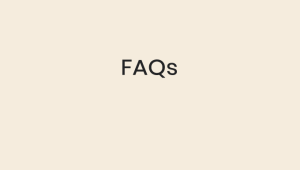The amount of money you should invest in forex trading depends on various individual factors including your financial goals, risk tolerance, trading experience, and financial situation. There is no one-size-fits-all answer, but here are some guidelines to help you decide:
- Only Risk Disposable Income: Invest money that you can afford to lose without affecting your lifestyle, financial security, or long-term savings plan. Never use essential funds such as retirement savings, emergency funds, or money earmarked for critical expenses.
- Start Small: Many experts suggest starting with a small amount of capital that doesn’t exceed 1-2% of your total investable funds. With many brokers offering mini and micro accounts, you can start with as little as a few hundred dollars.
- Use Leverage Cautiously: Forex markets allow significant leverage, which means you can control a large position with a relatively small amount of money. However, leverage can both amplify gains and losses, so it should be used very cautiously, especially for beginners.
- Risk Management: Follow the 1% rule which states that you should not risk more than 1% of your account on a single trade. This will help determine the size of your positions and how much you should have in your account to support your trading strategy.
- Assess Performance: Begin with a demo account to understand the market and test your strategy without risking real money. Once you switch to a live account, start with an amount that lets you gauge your performance under real trading conditions.
- Incremental Investment: As you gain experience and develop consistency in profitability, you can consider increasing your investment incrementally.
Remember, forex trading is not guaranteed to be profitable and involves a high level of risk. Ensure you thoroughly educate yourself, practice extensively, and understand the risks before committing substantial capital to trading.
